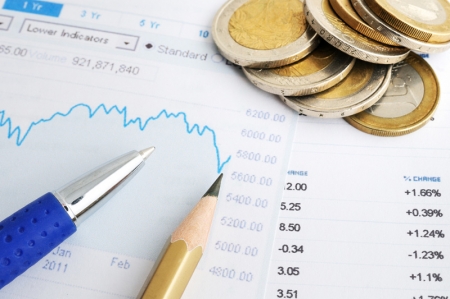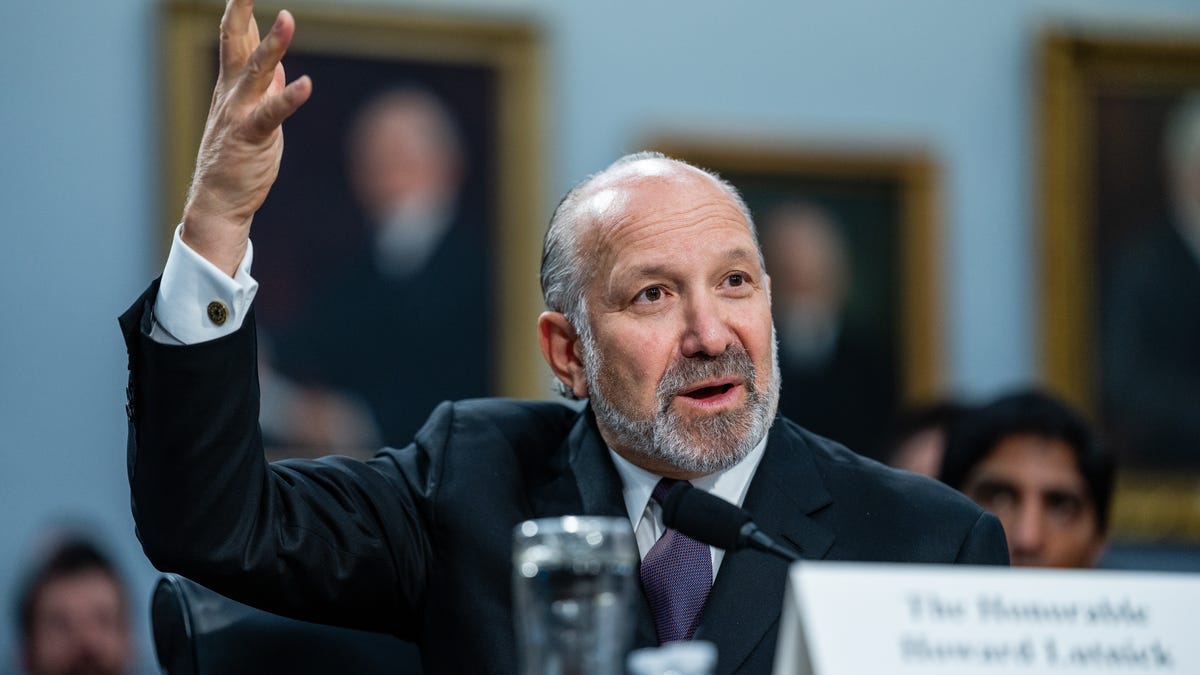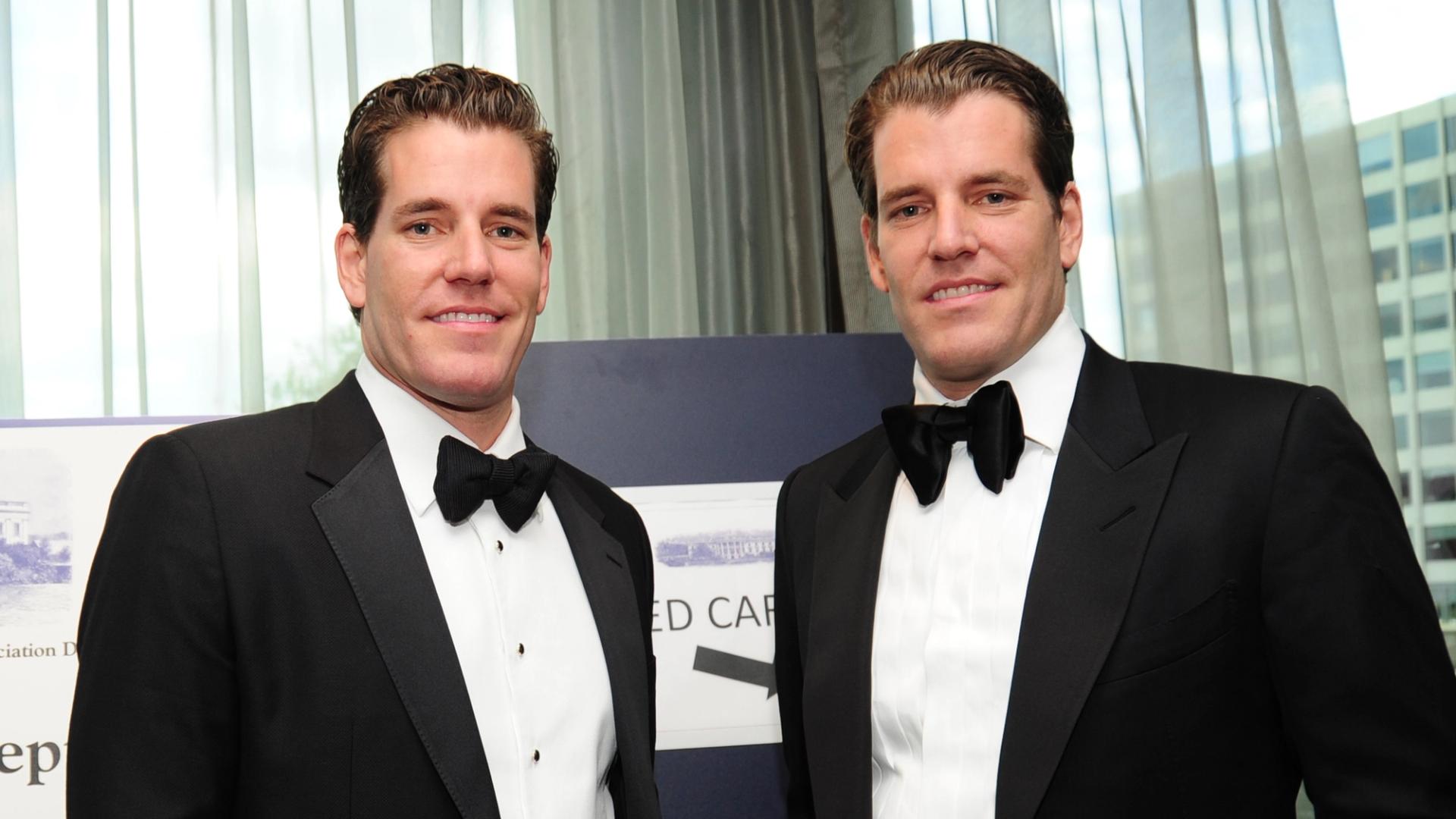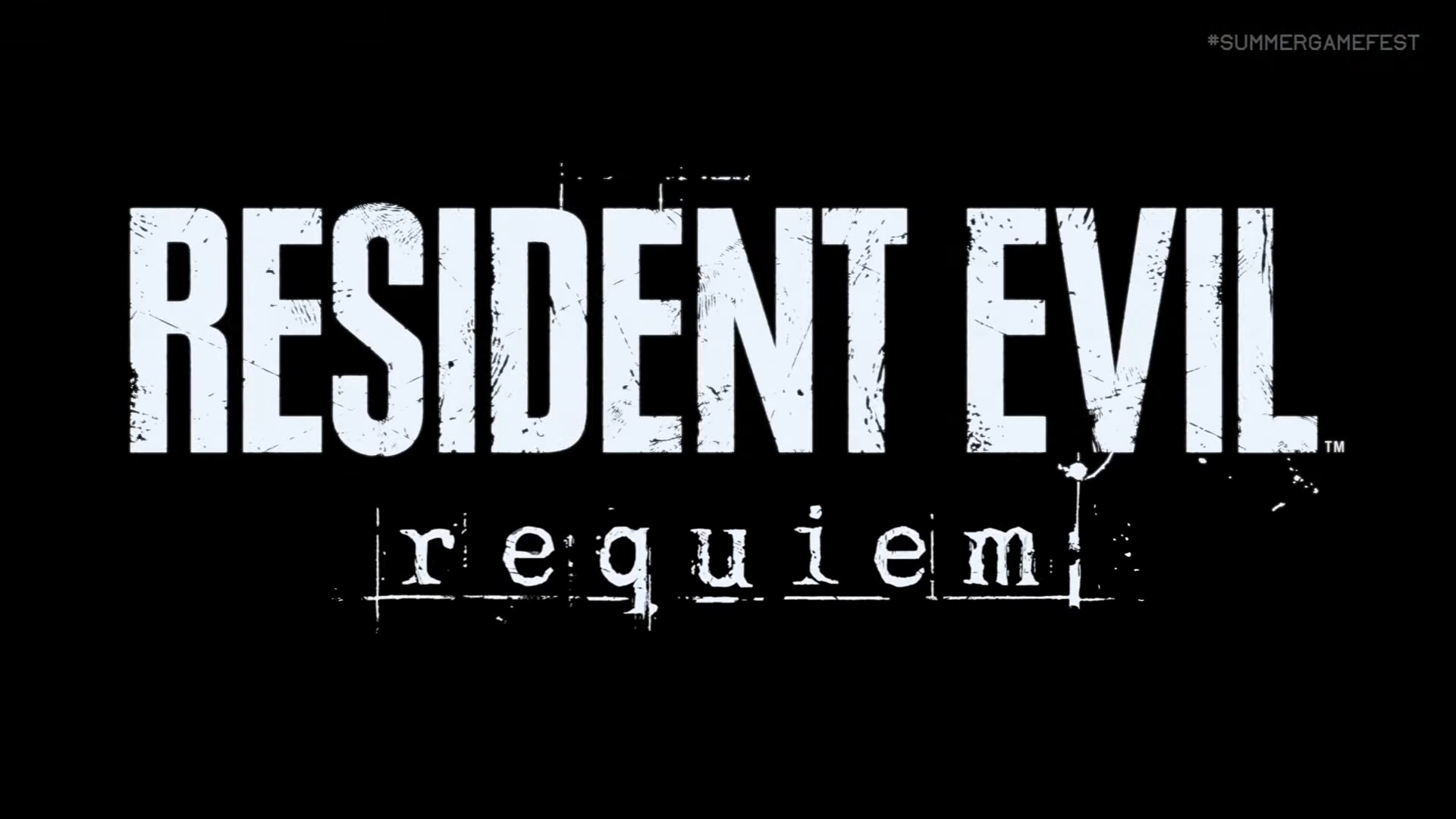Here’s how to start investing in your 60s
Standard financial advice starts with the assumption that 40-year-old investment newbies are getting a “late start.” So what if you’re a card-carrying member of AARP without a portfolio? How do you start investing when you’re in your 60s? Recently, a family friend reached out for some advice on how to start investing for retirement. At 61 years old, he was afraid it was useless because he had heard the standard tut-tutting about how he should have started earlier. Once I got over my shock at his age (because that means I’ve reached my late 40s and I have no idea how that happened), I assured him that it’s not too late. Just because a lot of retirement math starts with the wonders of compound interest over time doesn’t mean your retirement is doomed. Becoming a first-time investor in your 60s may feel scary, but it’s the best way to ensure you have a financially secure retirement—unless you can get your hands on some kind of time traveling phone booth. Here’s what you need to know about beginning your investment journey long after hitting the big 6–0. Start setting money aside right away And when I say right away, I mean right this minute. Putting money aside for retirement is the kind of important-but-not-urgent task that is very easy to put off, which is why 20% of Americans over the age of 50 have nothing set aside for retirement, according to a 2024 AARP survey. If you already have an IRA, 401(k), or other retirement vehicle, transfer whatever amount you can afford today, and set up an automatic contribution to come out of every paycheck. If you don’t already have a retirement account, take a half hour today to set one up with a reputable brokerage like Vanguard, Fidelity, or Schwab. Each of these brokerage firms offer retirement accounts, education, and tools for newbie investors. Additionally, each major brokerage has customer service available by phone and online chat that can walk you through the process of opening an account and setting up a recurring contribution. Asset allocation in your 60s Of course, it’s not enough to set up your retirement account and your contributions. You will also have to decide how to invest your contributions, which feels a little more complicated in your 60s than it is for younger investors. That’s because the traditional advice for retirement investors is to buy-and-hold index funds, allowing time and compound interest to perform their magic on your money. But sixtysomethings don’t have the same luxury of time enjoyed by whippersnappers in their 20s, 30s, 40s, and 50s. Except, that’s not necessarily true, is it? The Social Security Administration estimates that a current 60-year-old man has a life expectancy of 80 and a 60-year-old woman has one of nearly age 84—which means investors in their 60s can and should invest some portion of their money for a longer time horizon. Older first-time investors need to allocate their retirement money the same way every investor does—by when they expect to need it. This is often referred to as the bucket method, and is often broken down into three investment buckets. Short-term investments: Since you will use it for living expenses in the first one to five years after you retire, you want this money to be invested in assets that are reasonably stable and liquid. Medium-term investments: This money will provide you with retirement income for years six to 15, so you’ll invest it in slightly more aggressive investments that still aim to protect your principal. Long-term investments: You won’t plan to touch this money until at least 16 years in the future, so you can afford to invest in higher-risk-higher-return investments, giving you time to ride out market volatility. Put away as much as you can While your future self will be glad for whatever amount you can put aside for retirement today, more is definitely better in this scenario. Luckily, the IRS agrees with the importance of saving for retirement. Contributions to traditional IRA and 401(k) accounts are tax-deductible, meaning the money you put in those accounts lower the amount of your taxable income for the year. The IRS allows the gray-haired set to make tax-advantaged catch-up retirement contributions to IRA and 401(k) accounts. For 2025, the IRA contribution limit is $7,000 for anyone under the age of 50, and $8,000 for anyone over the age of 50. For 401(k) accounts, the contribution limit is $23,500 for those under age 50, $31,000 for anyone between the ages of 51 and 59, $34,750 for those between the ages of 60 and 63, and it drops down to $31,000 to anyone 64 or older, because the IRS is nothing if not confusing. In 2025, if you are…You can contribute this much to an IRAYou can contribute this much to a 401(k)Under 50$7,000$23,50050 to 59 years old$8,000$31,00060 to 63 years old$8,000$34,50064+ years old$8,000$31,000 Find other sources of investment money If every dollar is spoken for before your paycheck e

Standard financial advice starts with the assumption that 40-year-old investment newbies are getting a “late start.” So what if you’re a card-carrying member of AARP without a portfolio? How do you start investing when you’re in your 60s?
Recently, a family friend reached out for some advice on how to start investing for retirement. At 61 years old, he was afraid it was useless because he had heard the standard tut-tutting about how he should have started earlier.
Once I got over my shock at his age (because that means I’ve reached my late 40s and I have no idea how that happened), I assured him that it’s not too late. Just because a lot of retirement math starts with the wonders of compound interest over time doesn’t mean your retirement is doomed.
Becoming a first-time investor in your 60s may feel scary, but it’s the best way to ensure you have a financially secure retirement—unless you can get your hands on some kind of time traveling phone booth. Here’s what you need to know about beginning your investment journey long after hitting the big 6–0.
Start setting money aside right away
And when I say right away, I mean right this minute. Putting money aside for retirement is the kind of important-but-not-urgent task that is very easy to put off, which is why 20% of Americans over the age of 50 have nothing set aside for retirement, according to a 2024 AARP survey.
If you already have an IRA, 401(k), or other retirement vehicle, transfer whatever amount you can afford today, and set up an automatic contribution to come out of every paycheck.
If you don’t already have a retirement account, take a half hour today to set one up with a reputable brokerage like Vanguard, Fidelity, or Schwab. Each of these brokerage firms offer retirement accounts, education, and tools for newbie investors. Additionally, each major brokerage has customer service available by phone and online chat that can walk you through the process of opening an account and setting up a recurring contribution.
Asset allocation in your 60s
Of course, it’s not enough to set up your retirement account and your contributions. You will also have to decide how to invest your contributions, which feels a little more complicated in your 60s than it is for younger investors.
That’s because the traditional advice for retirement investors is to buy-and-hold index funds, allowing time and compound interest to perform their magic on your money. But sixtysomethings don’t have the same luxury of time enjoyed by whippersnappers in their 20s, 30s, 40s, and 50s.
Except, that’s not necessarily true, is it? The Social Security Administration estimates that a current 60-year-old man has a life expectancy of 80 and a 60-year-old woman has one of nearly age 84—which means investors in their 60s can and should invest some portion of their money for a longer time horizon.
Older first-time investors need to allocate their retirement money the same way every investor does—by when they expect to need it. This is often referred to as the bucket method, and is often broken down into three investment buckets.
- Short-term investments: Since you will use it for living expenses in the first one to five years after you retire, you want this money to be invested in assets that are reasonably stable and liquid.
- Medium-term investments: This money will provide you with retirement income for years six to 15, so you’ll invest it in slightly more aggressive investments that still aim to protect your principal.
- Long-term investments: You won’t plan to touch this money until at least 16 years in the future, so you can afford to invest in higher-risk-higher-return investments, giving you time to ride out market volatility.
Put away as much as you can
While your future self will be glad for whatever amount you can put aside for retirement today, more is definitely better in this scenario. Luckily, the IRS agrees with the importance of saving for retirement. Contributions to traditional IRA and 401(k) accounts are tax-deductible, meaning the money you put in those accounts lower the amount of your taxable income for the year.
The IRS allows the gray-haired set to make tax-advantaged catch-up retirement contributions to IRA and 401(k) accounts. For 2025, the IRA contribution limit is $7,000 for anyone under the age of 50, and $8,000 for anyone over the age of 50. For 401(k) accounts, the contribution limit is $23,500 for those under age 50, $31,000 for anyone between the ages of 51 and 59, $34,750 for those between the ages of 60 and 63, and it drops down to $31,000 to anyone 64 or older, because the IRS is nothing if not confusing.
In 2025, if you are… You can contribute this much to an IRA You can contribute this much to a 401(k) Under 50 $7,000 $23,500 50 to 59 years old $8,000 $31,000 60 to 63 years old $8,000 $34,500 64+ years old $8,000 $31,000
Find other sources of investment money
If every dollar is spoken for before your paycheck even hits your account, the idea of maximizing your retirement account contributions may feel quaint. So it’s helpful to start identifying some other sources of investment money. You may have more cash available to invest than you realize.
Check for old 401(k) accounts
Once you’re blowing out 60 candles on your birthday cake, you likely have multiple careers under your belt, let alone shorter-term jobs you’ve forgotten about. You may have unclaimed retirement benefits gathering dust.
A quick search of the National Registry of Unclaimed Retirement Benefits can let you know if you’ve got some retirement money languishing in an old account.
See if you have unclaimed funds
An estimated one out of every seven Americans is owed unclaimed property totaling $70 billion as of 2023. You can search for unclaimed funds by visiting the National Association of Unclaimed Property Administrators and searching any states where you have lived.
Sell things you no longer want or need
You probably have a lifetime’s worth of accumulated clutter, some of which may actually be worth some money. Cleaning out your stuff to find hidden gems will not only help you pad your retirement accounts, but it will also help you with any downsizing you may want to do before retirement.
But DO NOT invest your Social Security benefits
If you’re looking for other sources of investment money, taking your Social Security benefits as soon as you turn 62 and investing that money may seem like a no-brainer. But it is nothing short of a terrible idea.
That’s because your Social Security benefits are as close to a financial guarantee as you’re going to get in this world. Your Social Security benefits are backed by the full faith and credit of the United States government—which, admittedly, has lost a little of its luster and reputation recently. But you can absolutely count on the monthly amount promised to you, the approximate 8% per year delayed retirement credit for waiting to take your benefits, and the annual cost of living adjustment.
No investment can promise any of those things. Investing your Social Security benefits means you could lose that money. Taking your benefits as of age 62 means you will lose out on the guaranteed delayed retirement credit of 8% per year. And no investment can guarantee an annual return of 8%, let alone a cost of living adjustment to account for inflation.
If you are able to delay taking your Social Security benefits, it is generally best to wait to take them until you have reached age 70 so you can maximize your monthly benefit amount.
Other than yesterday, the best time is now
There is no point in beating yourself up with coulda-shoulda-woulda thinking if you get started investing later in life. It’s counterproductive to ruminate over things you can’t change, especially since there’s still a lot of good you can do as a 60-something newbie investor.
The first thing to do is start right away. If you have a retirement plan, move money into it today and set up a recurring contribution. If you don’t, open one with a reputable brokerage firm today, taking advantage of the customer service phone or chat options to help you lower the barrier to entry.
Once you have the account and automatic transfer in place, plan your asset allocation. Even though you don’t have the luxury of time like a young investor, you can still set up a three-tiered investing strategy. Your short-term, stable investments are for the money you’ll need in the next one to five years. The medium-term, slightly more aggressive investments will be accessed in years six to 15. And your long-term, higher-risk, higher-return investments will be left alone until year 16 and beyond.
It’s important to put aside as much money as you can. If you’re able to maximize your 2025 tax-deductible IRA and 401(k) contributions, that will lower your tax burden, which may help you afford the contributions. But you could also look for other sources of investment money, such as searching for forgotten retirement accounts and unclaimed funds, or by selling off some of your accumulated stuff as part of a downsizing effort. But do not use your Social Security benefit as a source of investment money. That’s trading a guarantee for a risk.





















































![[Weekly funding roundup May 31-June 6] VC inflow continues to remain stable](https://images.yourstory.com/cs/2/220356402d6d11e9aa979329348d4c3e/WeeklyFundingRoundupNewLogo1-1739546168054.jpg)










































































































































